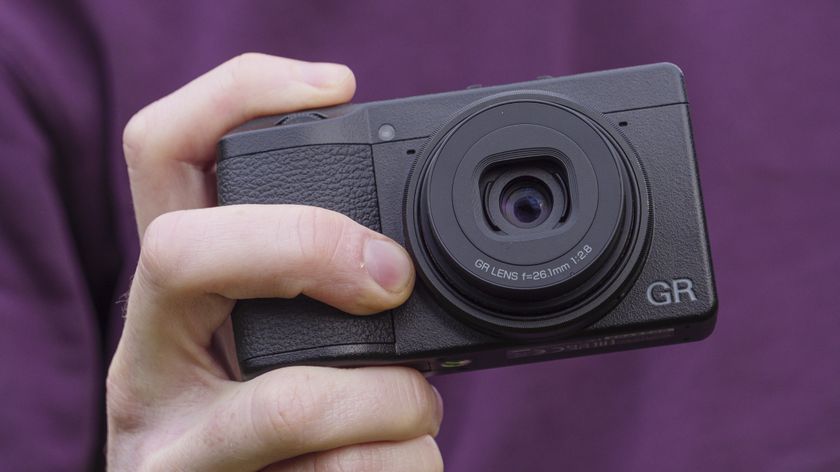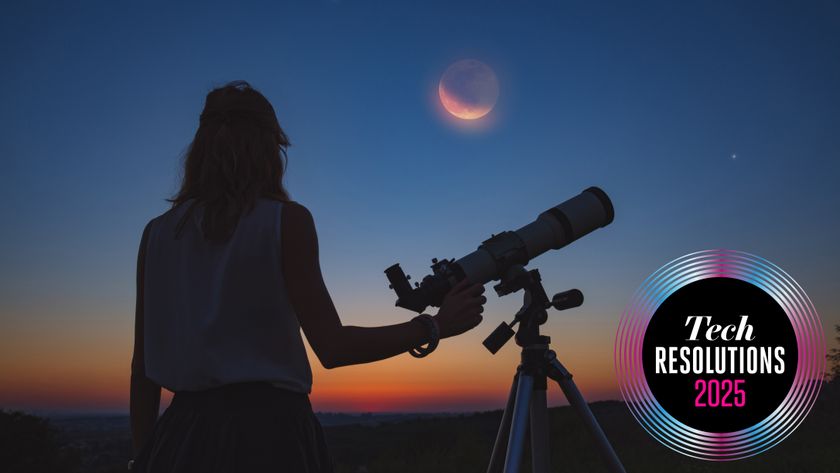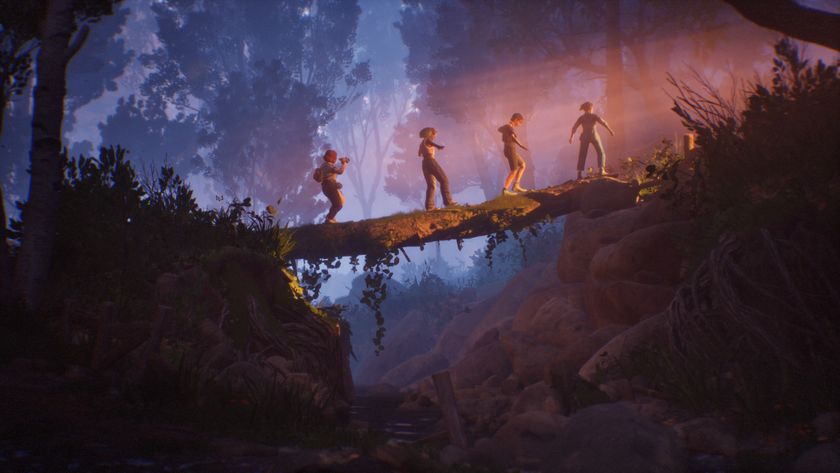14 photo editing tips and tricks every landscape photographer must know
The best tips for landscape photography
Essential photo editing tricks for landscapes: 12 Light painting

Pro photographer Steve Sharp says
Light painting is a technique I use quite a bit in my landscapes. For a typical light-painted landscape I'll shoot various exposures, usually a three- to five-minute exposure for the ambient sky shot and then a series of shorter light-painted exposures for the land.
I shoot Raw files and convert these via Lightroom, and my first step is to reduce noise in the long exposure of the sky.
I make sure to view the file at 100%, and dial in enough to effectively remove the noise without blurring any star trails. I'll also adjust the White Balance, Contrast, Curves and sometimes Vibrance if need be.
My light-painted exposures will have a different Raw conversion. I'm only concerned about the land in these frames so there's no noise reduction needed because I want to keep the detail.
I'll choose a white balance that best suits the tool I light-painted with, which is usually a torch. I dial in a good amount of Sharpening and detail so it looks nice and crisp. Again, I'll tweak Contrast, Curves and Vibrance.
Once all the Raw files have the parameters applied, I batch convert them to TIFF files and open them all in Photoshop.
Get daily insight, inspiration and deals in your inbox
Sign up for breaking news, reviews, opinion, top tech deals, and more.
I use the long exposure sky shot as my master file and then paste all the other light-painted shots onto this file. I then set the layer Blend Mode to Lighten, which allows only the lighter pixels to be visible.
Most Popular





